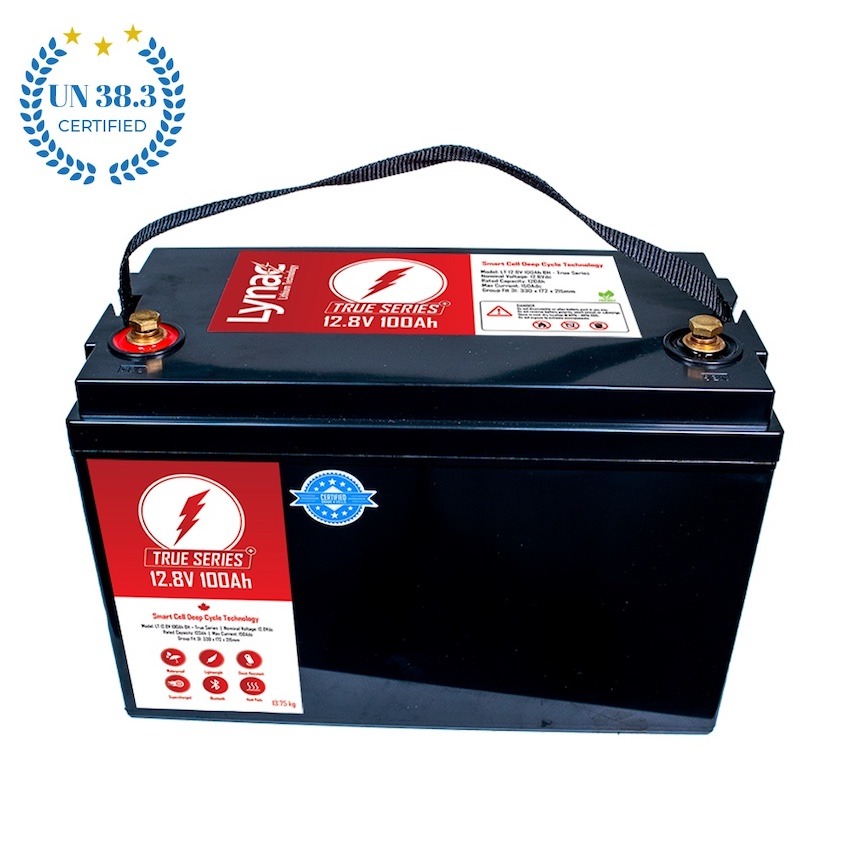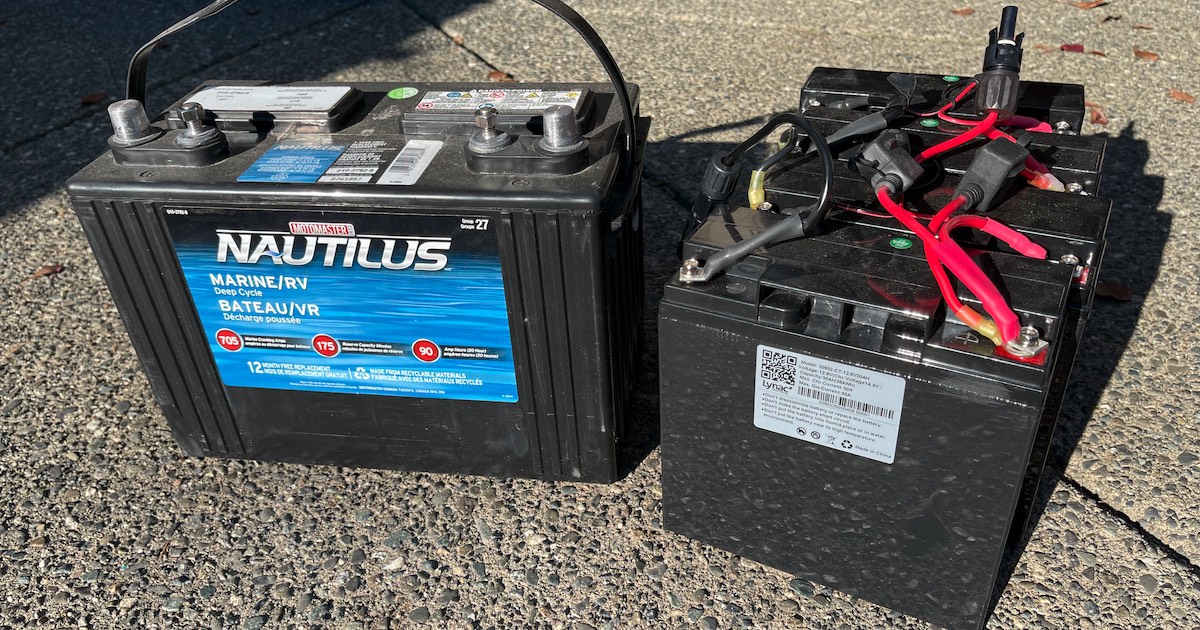
Those of us who consider ourselves “seasoned” remember watching our weekend sports with Howard Cosell and the great introduction to Wide World of Sports. Discussing battery technology is very similar, it is a very wide world with many options. Choose your spot (battery type) and along with it comes both victory and defeat (pros and cons).
With the advances in technology and our increased reliance on batteries to run our “toys,” there is no time like the present to look at options and optimize solutions. We are going to break this down to primary battery types, develop an understanding of the pros and cons for each, and discuss their applications.
Battery Types
Let us first talk types. For this article we will consider two—sealed lead acid (SLA) and lithium. Within each of these categories there are some subcategories that have different characteristics (Table 1 & 2).
For SLA batteries we can catalogue absorbent glass mat (AGM) and gel batteries, which have similar properties. Gel-style batteries cannot handle as much current as AGM batteries—in simpler terms, they do not charge as quickly, nor do they have the output of AGM batteries. Hence, they are not ideal for marine applications.
In the lithium world there are three quite distinct options: lithium ion (used in small appliances such as phones), lithium-ion polymer (LiPo, which is similar to lithium ion but has some benefits), and lithium iron phosphate (LiFePO4). For the marine environment, LiFePO4 is the best choice, as Li-ion and LiPo batteries have a lower cycle capacity and higher safety risks.
To help make sense of some of the terms I’ve mentioned, Table 1 establishes the framework for our assessment of battery performance and application.
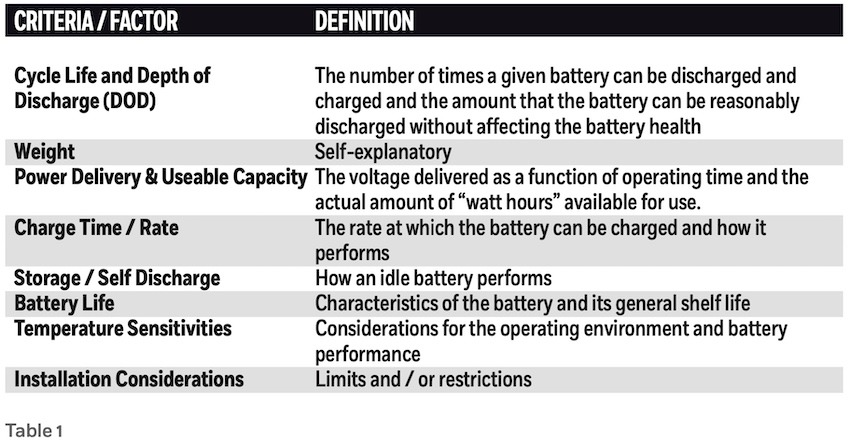
Battery Performance and Application
Utilizing the information in Table 1, Table 2 provides our comparison of SLA versus LiFePO4 batteries for each criterion.

Battery Assessment
An industry summation of battery characteristics (Table 3) from Lynac Lithium shows similar conclusions with more specific data. We use these tables as reference to make general conclusions and provide some supplemental information and details that should be considered in your decision process.
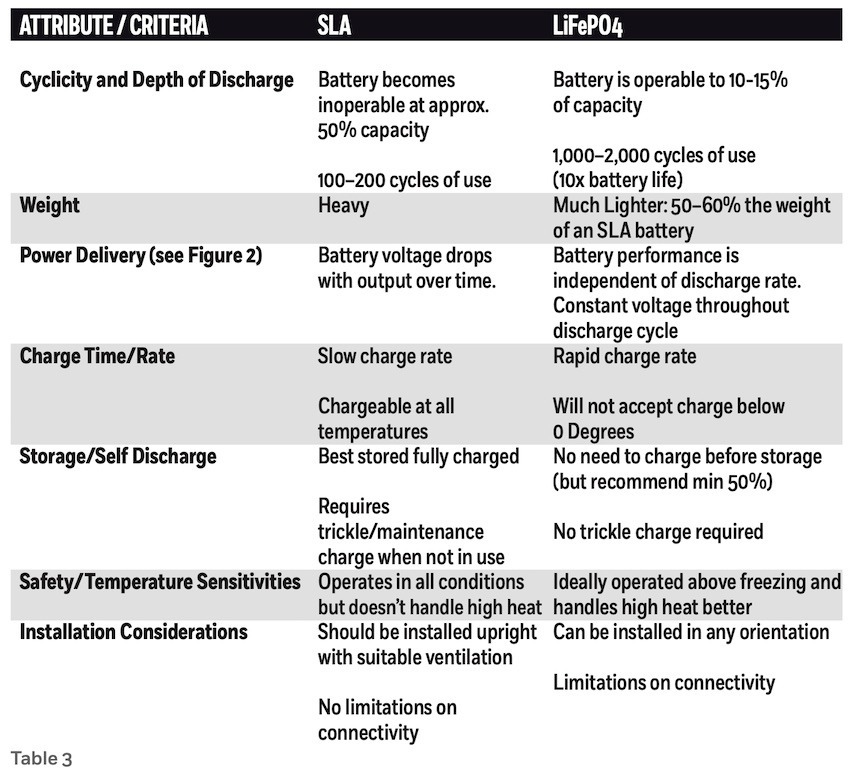
Industry Summation of Battery Characteristics
Battery Efficiency
Hands down, LiFePO4 wins out. The number of cycles available, its charge and discharge features as well as its power performance (Graphs 1 & 2) clearly differentiate it from SLA batteries. There are however, some downsides for LiFePO4 batteries that should be discussed. Although they deliver constant power (voltage) across their discharge profile, when they die, they die! That’s it, no more power. It is therefore important to right-size your battery (amp hours—Ah) to the task at hand, understand your charge status at any given point in time, and know how many hours on a given charge. From a simple math perspective, if you are planning to run something that has a stable draw of 3 amps for 4 hours, you would need at minimum (without any reserve) a 12 Ah battery. For products like trolling motors that have high draw (30–50 amps) at full speed and low draw (5 amps) at trolling speed you need to assess your general use. For example, 3 hours of high speed (3 x 40) plus 5 hours of trolling (5 x 5 amps) requires minimum battery capacity of 145 Ah!
So, this should be straightforward, right? Well not always. In the battery world, not all things are created equal. Be sure to double check the “actual” versus “useable” amp hours (Ah) as manufacturers often quote these numbers interchangeably and they are not!

Cycle Capacity of LiFePO4 vs SLA batteries as modified from PowerSonic. In general LiFePO4 batteries have in excess of 10x the life cycle of standard SLA Batteries.
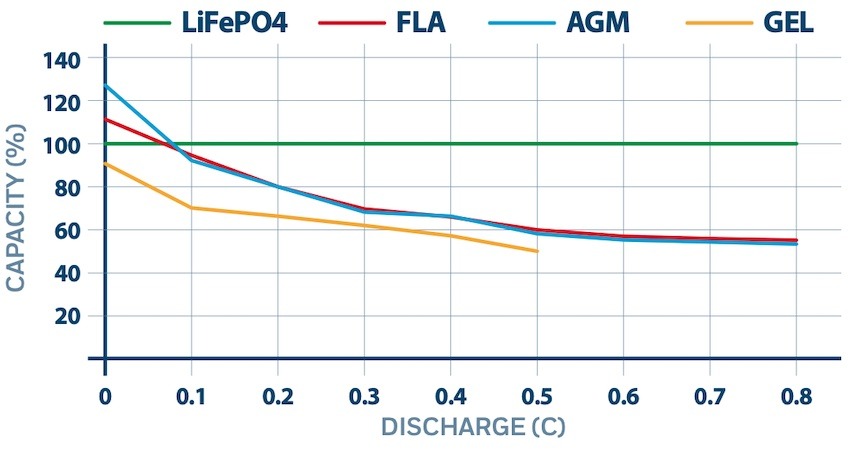
Battery Capacity Chart modified from PowerSonic. Demonstrates constant output performance of LiFePO4 batteries versus all types of SLA batteries.
Storage, Maintenance, and Charging
Once again, LiFePO4 wins out. LiFePO4 batteries will retain their charge much longer, do not require trickle charging when not in use (but should be charged occasionally after long periods of disuse), and are not required to be stored on a full charge. Charge times are also far shorter for LiFePO4 batteries. It is important to note, however, there are pitfalls and secondary considerations. LiFePO4 batteries require specific chargers that are designed for the amperage of the battery and should not be used with conventional chargers! For this reason, if you forget your chargers, you may be out of luck!

Connectivity/Battery Banks
Here’s where SLA still wins out (for now anyway). In our marine world we often run “battery banks.” With SLA batteries there are no real limitations to how many batteries can be installed in series or parallel. This is not the case for LiFePO4. LiFePO4 batteries are chip controlled by battery management systems (BMS) which have limits on integrated voltage or amperage (the number of batteries that can be connected in sequence or parallel) and hence the size of an array. If you’re looking to put LiFePO4 batteries in any series or parallel configuration, detailed knowledge of each battery and its internal workings is required to ensure you meet requirements. The upside here is manufacturers will customize your batteries to fit your application.
Starting vs Deep Cycle
By definition, LiFePO4 batteries are inherently deep cycle and perform far better than SLA as a deep cycle battery. As a starter battery SLA still wins out. In simple terms, LiFePO4 batteries do not handle the high amperage output required by starting. This, however, is changing. Manufacturers are looking to configurations that will solve this issue including the cranking battery developed by Lynac Lithium, a Canadian provider.
Other Considerations
Just as in real estate, location matters (as does your planned activity area). Jumpstarting an SLA battery is simple. The same can’t be said for a LiFePO4, as functionally it requires a recharge (which is best performed by connecting a fully charged spare). Sourcing repairs (and the proper knowledge base) for LiFePO4 in remote areas may be more challenging.
Applications
With the rapid rise in availability, there are no functional limits to where LiFePO4 batteries can be used. With our ever-increasing cost of fuel, the reduced weight may pay for the initial upfront investment by itself.
The light weight and performance features of LiFePO4 batteries are optimal for all personal watercraft (kayaks, jet skis), small craft (electric motors), for powering independent electronics (fish finders, phone charging, etc.), and for solar powered battery bank applications.
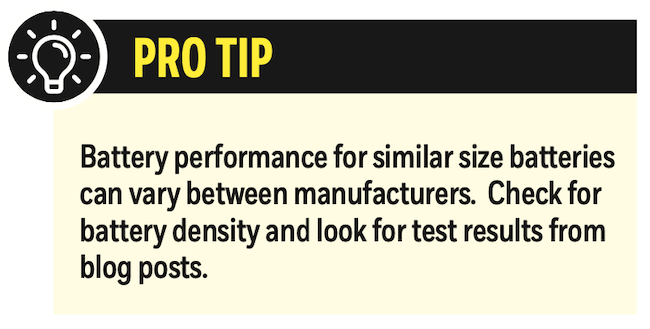
For larger battery banks and where both deep cycle and starter batteries are used, consult your marine dealers and battery experts, and consider cost vs the operational benefit of the system.
The Final Verdict
So, the verdict is in, right? Not so fast. Now we need to factor in price. LiFePO4 batteries run about 2x–3x the cost of standard SLA batteries. Add in the need to bring a spare, and the requirement for special chargers, and some extra research may be required. If you are looking at the battery grid for your boat, make your battery decision based on value over time. With the increased cycles and performance characteristics of LiFePO4 batteries, and their recent price decrease, they may be an effective and optimal alternative over the long term.
LiFePO4 is much more efficient. Now that we’ve discussed the pros and cons of the technology, decide what voltage you need, what your capacity requirements are (Ah), and how much you are using your battery, then get yourself something sweet.
This article appeared in Island Fisherman magazine. Never miss another issue—subscribe today!
Visit the Store
$34.99
$34.99
Featured Catch

Joel Unickow halibut (Photo: Rob Frawley Lucky Strike Sportfishing Tofino)
